16 Jan Acheson Sweeney Foley Sahota Wins Jury Strike Application
Either party in a personal injury case can ask that the trial be heard by a jury. If one party files a jury notice and the other party does not want the matter to be heard by a jury, the other party can apply to the court to strike the jury. Judges realize that juries are intelligent enough to understand the evidence presented at most personal injury trials, so it is very difficult to win a jury strike application.
There are three grounds that a Court will consider at a jury strike application. Those include:
- Whether the issues require prolonged examination of documents that cannot be made conveniently with a jury;
- Whether there is necessary scientific investigation that cannot be made conveniently with a jury; or
- Whether the issues are of an intricate or complex character.
The overall question is trial fairness, weighing the Defendant’s right to a jury against the risk of unfairness to the Plaintiff by having a jury attempt to decide facts and answer questions which are too intricate or complex.
A Judge also has to consider a jury’s capacity to retain over several weeks what they have heard and then analyse it in the context of the questions they are required to answer.
In the recent case of van Driesum v. Young, 2016 BCSC 2279, ICBC wanted a jury trial and Sean Sweeney, of Acheson Sweeney Foley Sahota, did not. Mr. Sweeney applied to strike the jury on the basis that liability was in issue and ICBC disputed the medical evidence, including diagnosis, causation, mitigation and prognosis. Thirteen medical experts were scheduled to testify at trial. In addition, Mr. Sweeney argued that the Plaintiff’s income loss and diminished earning capacity, which the Defendant also disputed, were complex. The Plaintiff had been a lawyer for twenty years before becoming a successful businessman. His earning history involved income from three companies, including his personal law corporation. The lawyer for the Defendant opposed the jury strike application.
The Judge agreed with Mr. Sweeney and the jury was struck – the trial would proceed without a jury. The Judge held that the methods for determining income loss and lost-earning capacity were complicated within each of the Plaintiff’s two careers, and particularly so in his post-accident, or second career. It would be extremely difficult for the trier of fact to sort out both the Plaintiff’s true earnings in the post‑accident period, and the extent to which the accident impaired his earning capacity. The Judge felt that the difficulties for a jury in this case would be increased by the difficulties a judge would have in properly charging the jury in matters of causation and the quantification of damages.
The Judge stated that the complexities in determining both causation and damages, and in the judge charging the jury, probably would have caused him to strike the jury even if there were no other relevant facts. When he added the other complexities of the case, including the accident itself and the related medical evidence, the complexity only increased.
Applications of this kind take a tremendous amount of skill and preparation. Call the lawyers at Acheson Sweeney Foley Sahota if you need help with your personal injury claim.


